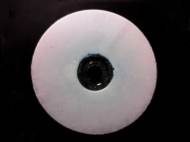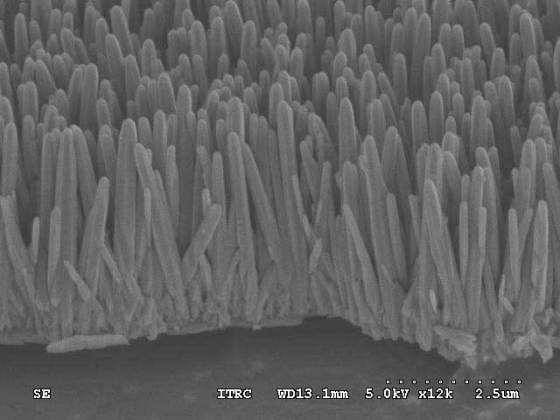Reusing CDs to clean sewage water
 A group of researchers at National Taiwan University, National Applied Research Laboratories in Taiwan, and the Research Center for Applied Sciences in Taiwan have found a potential novel use for old music CDs. They coated disks with zink oxide (ZnO) nanorods that can function as a photocatalyst, a substance which can promote the reaction without chemical changes itself under light irradiation at low temperature, and spun them to clean waste water.
A group of researchers at National Taiwan University, National Applied Research Laboratories in Taiwan, and the Research Center for Applied Sciences in Taiwan have found a potential novel use for old music CDs. They coated disks with zink oxide (ZnO) nanorods that can function as a photocatalyst, a substance which can promote the reaction without chemical changes itself under light irradiation at low temperature, and spun them to clean waste water.
In a world of MP3 files and iPods, audio CDs seem increasingly outdated and many people don’t know what to do with their extensive compact disk collections. They are inexpensive, readily available and very commonly used. According to the researchers, close to 20 billion disks are already manufactured every year, so using old disks for water treatment might represent a way to cut down on waste.
The large surface area of optical disks is used as a platform to grow upright zinc oxide nanorods that are about a thousandth the width of a human hair. ZnO is a cheap semiconductor that can function as a photocatalyst. It can break down organic molecules like the pollutants in sewage when illuminated with UV light.
ZnO is considered as a low cost photocatalyst for experimental degradation of organics in heterogeneous catalytic processes. The research team led by Din Ping Tsai, a physicist at the National Taiwan University, is the first to grow the photocatalyst on an optical disk. The disks are able to spin quickly and they spread out the dripping, contaminated water on a thin film. Light can easily pass through the thin film, speeding up the degradation process.
Apart from the zinc oxide-coated optical disk, the photocatalytic spinning disk reactor consists of a UV light source and a system that re-circulates the water to further break down the pollutants. The reactor was tested with a solution of methyl orange dye, a model organic compound often used to evaluate the speed of photocatalytic reactions.
The research team treated a half-liter of dye for 60 minutes and they found that 95 percent of the contaminants had been broken down. The reactor can treat 150 ml of waste water per minute. These experiments give promising results for real-scale water treatment.
In comparison with other photocatalytic wastewater treatment methods, the photocatalytic spinning disk reactor processes contaminated water more efficiently. According to information researchers gave to The Optical Society, the reactor is very small and consumes little power. It can be used on a small scale to clean water contaminated with domestic sewage, urban run-off, industrial effluents, and farm waste.
The team is working on further improving of the photocatalytic spinning disk reactor efficiency and they estimate that creating layers of stacked disks could make the reactor work faster.
For more information, you can read the paper published in the Optics Express: “ZnO nanorod optical disk photocatalytic reactor for photodegradation of methyl orange” [1.4MB PDF].










author
The research team will present its new wastewater treatment device at The Optical Society’s (OSA) Annual Meeting, Frontiers in Optics (FiO) 2013, being held Oct. 6-10 in Orlando, Florida.